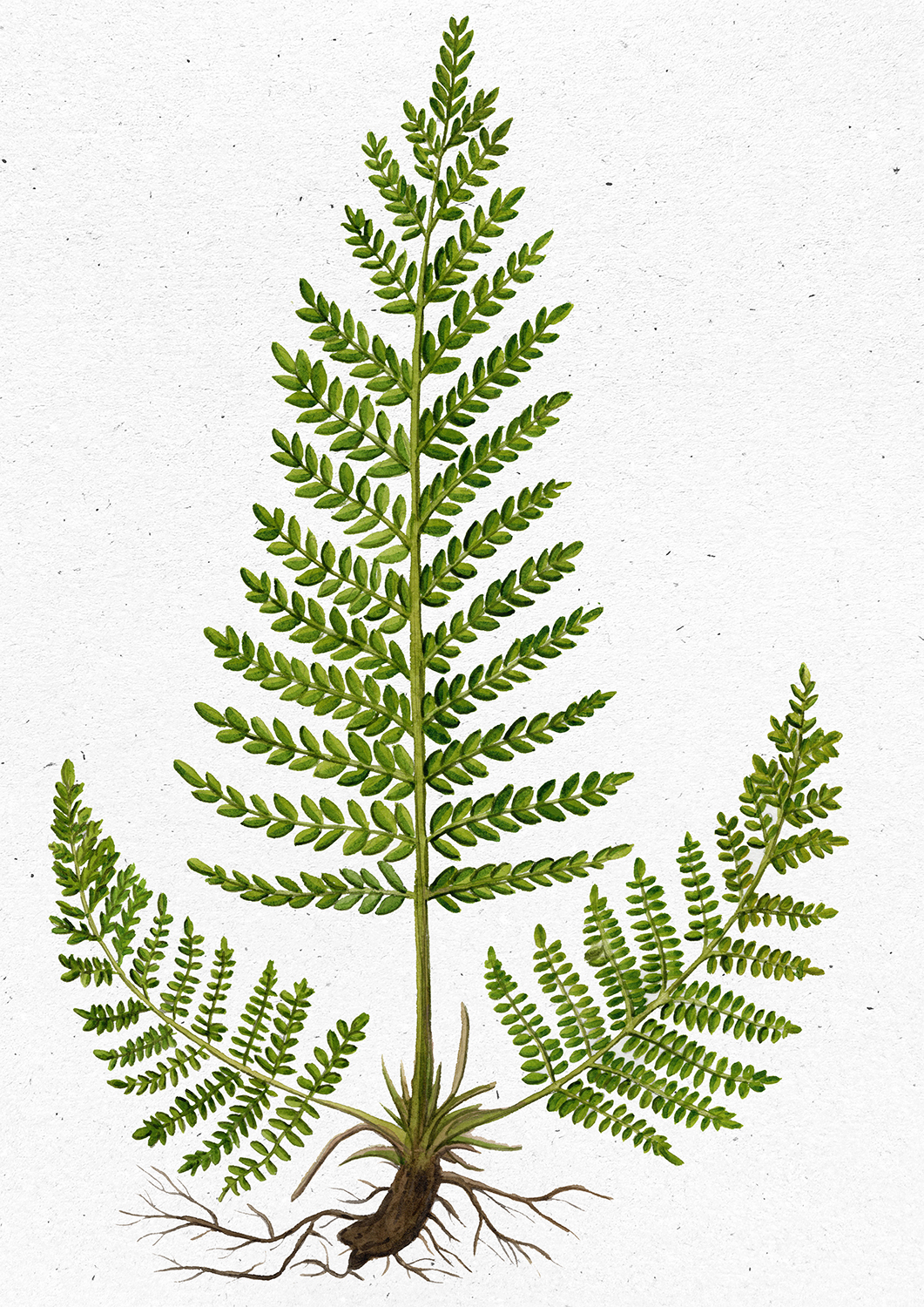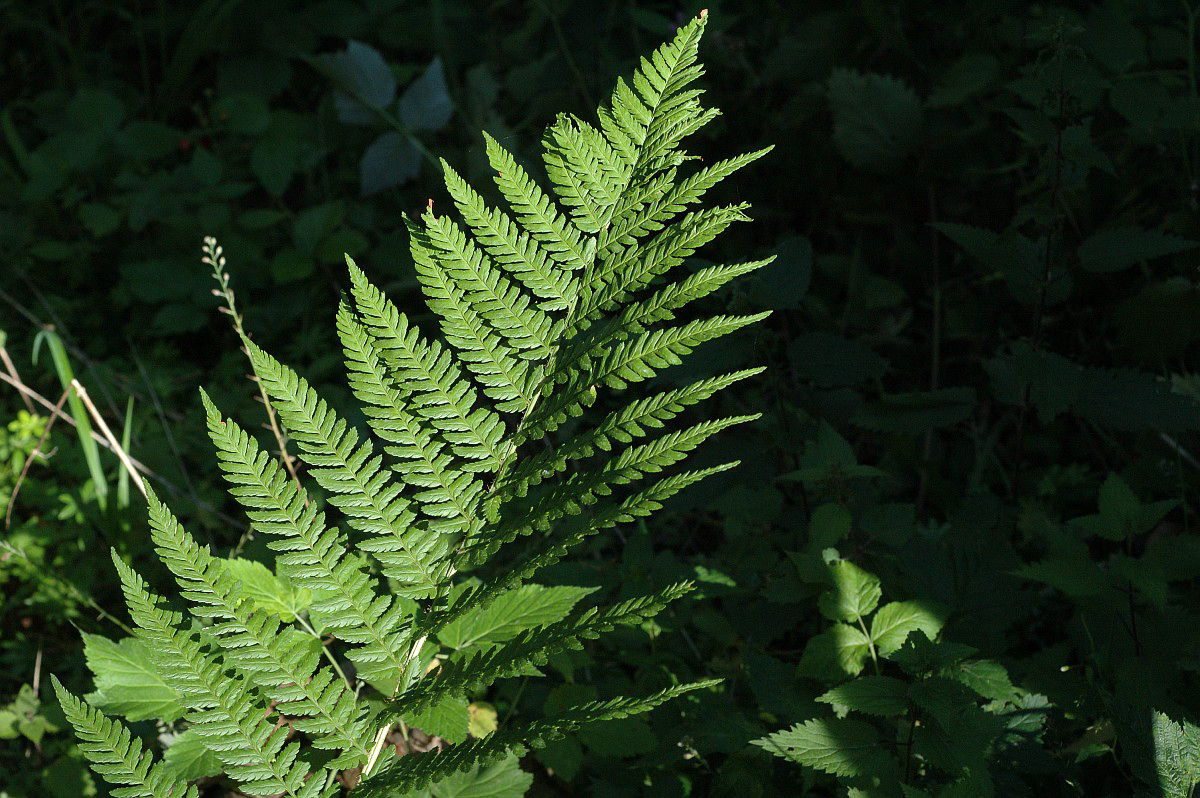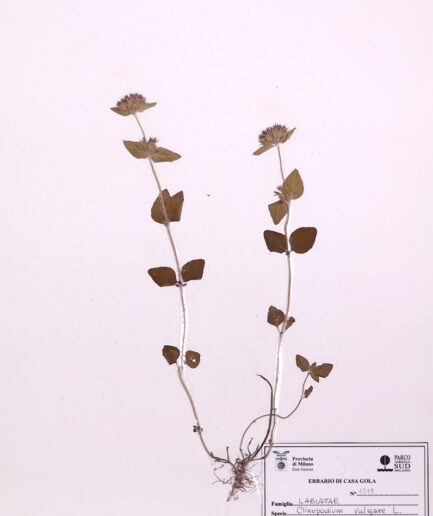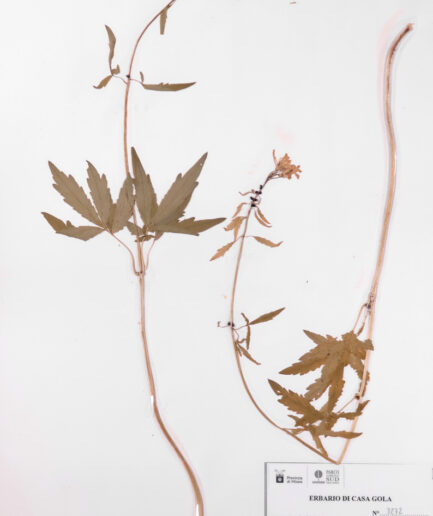Lady Fern
Scientific Name: Athyrium filix-femina (L.) Roth
Family: Athyriaceae
MORPHOLOGY
Habit and Size: Herbaceous plant with a thick (1 cm) mostly erect rhizome covered with brown scales; height up to 100 cm (-160) including the stalk.
Stem: Absent externally.
Leaves: Non-perennial fronds, clustered, oblong-lanceolate and bi-tripinnate. Short stalk, smaller than the blade, covered with dark scales, with a yellowish or reddish doubly grooved rachis. Light green blade, lanceolate or narrowly ovate. Alternating lanceolate pinnae, lower ones pointing downward, middle ones spreading and decreasing upwards (2.5 – 3 times longer than wide), upper ones lanceolate-acute at the apex. Sessile, narrowly lanceolate pinnules with dentate or lobed margins or entire lobes; occasionally completely divided.
Flowers: Non-flowering. Produces spores from May to September.
Fruits and Seeds: Does not produce fruits and seeds, but spores.
DISTRIBUTION AND HABITAT
Widespread throughout Italy. Thrives in shady woods, near watercourses, in rocky areas, and moist pastures. Grows from 0 to 1800 m, but can reach 2400 m.
USE
In folk medicine, it is used as an anthelmintic, anti-rheumatic, for gout and sciatica; the rhizome, rich in active principles (filicin), is used powdered or as an ethereal extract. It is not advisable to use active principles without the control of expert phytologists because an incorrect dose can become toxic. Before taking any plant-based product (medicinal or non-medicinal) for therapeutic or similar purposes, it is always advisable to consult your doctor.
INTERESTING FACTS
Like other ferns, this genus is also used to beautify rocky or alpine gardens. Reproduction occurs in spring, both by spores and by division of the clump.
Photo: Under a free license from Saxifraga and Ed Stikvoort, Marijke Verhagen, Rutger Barendse





















